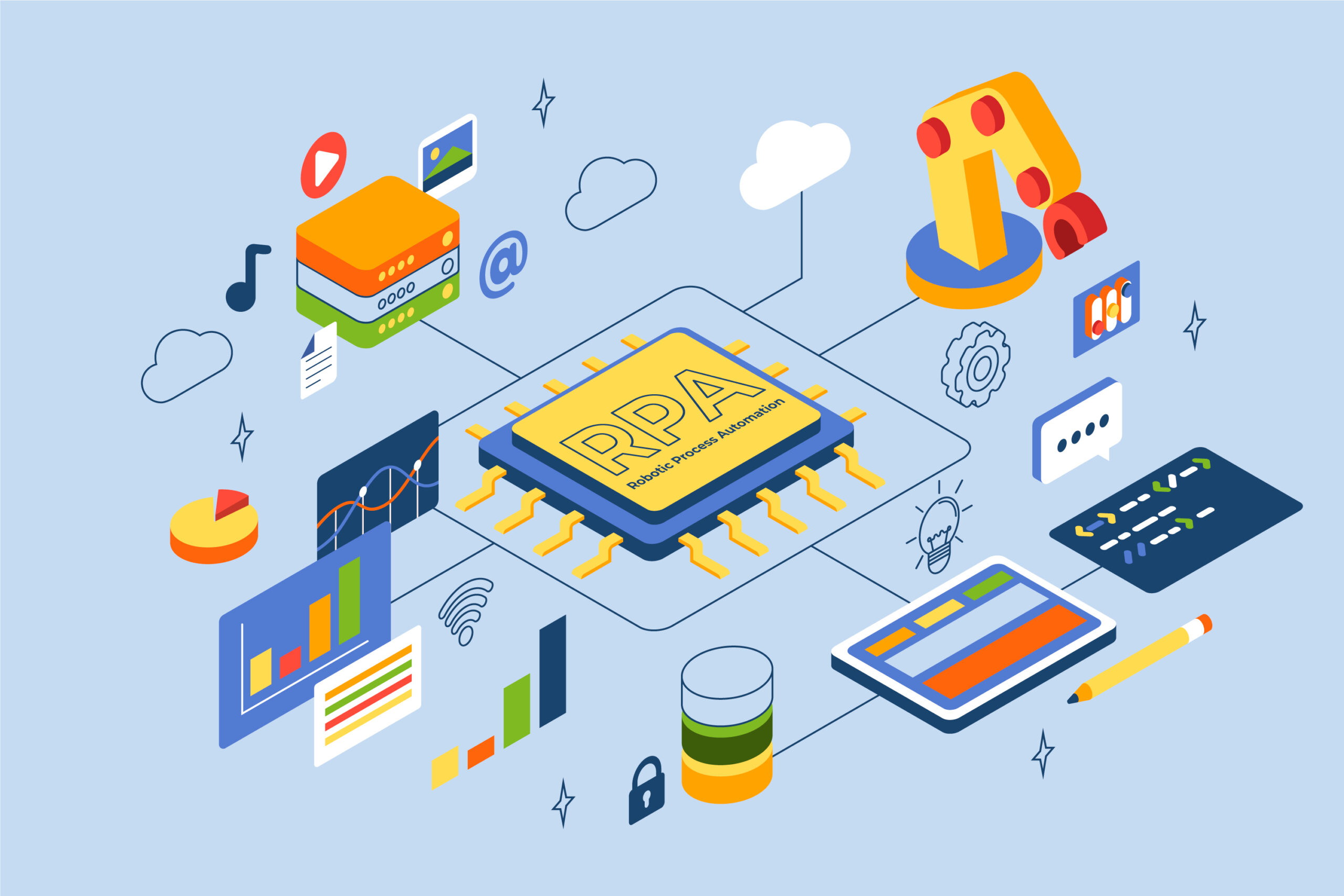Mastering the Art of Product Sustenance: A Technical Odyssey
Solidpro
Posted on
Sep
29,
2023

In the ever-evolving realm of technology, the journey of your favourite applications and software products is nothing short of a genius. Have you ever paused to ponder how these digital wonders keep improving, introducing new features, and ensuring impeccable functionality?
The enigma behind this perpetual transformation is a process known as sustenance engineering. At SolidPro, we delve into the intricate world of sustenance engineering to elevate product upgrades and maintenance to an art form.
Sustenance engineering, often referred to as product sustenance engineering, is the lifeblood of software product development. In its essence, it is the meticulous process of nurturing and refining a product or system’s functionality, reliability, and security throughout its entire lifecycle.
This is not a one-time fix; it’s a perpetual commitment to ensure a product’s optimal performance and longevity. It encompasses strategies to streamline maintenance, identify and rectify potential issues, and consistently enhance the product to align with the dynamic needs of users and the market.
The primary goal of sustenance engineering is to ensure that a product or system remains efficient and effective in the long run. This involves not only addressing issues as they surface but also proactively identifying potential roadblocks before they escalate into significant setbacks.
In today’s high-speed technology landscape, products have a fleeting lifespan in the market. While companies are continually birthing new innovations, it is equally vital to nurture and elevate existing ones. This is where sustenance engineering emerges as the unsung hero.
Sustenance engineering steps in to maintain and improve older products while keeping costs in check and customer satisfaction at its zenith. It serves as a catalyst, expediting the process of reintroducing products into the market—faster, more efficient, and finely tuned. For businesses, the strategic integration of sustenance engineering ensures that products continue to generate revenue over an extended period.
At SolidPro, we don our sustenance engineering capes to provide our clients with an all-encompassing solution for maintaining software products and platforms—efficiently and cost-effectively. Our expansive expertise spans diverse technologies, and our robust quality engineering teams operate within a Distributed Agile framework, yielding exceptional results.
Our dedicated team shoulders the responsibility of efficiently managing the codebase, implementing essential code changes, and delivering resilient solutions to address application bugs. Rigorous testing is the cornerstone of our approach, safeguarding software quality and reliability. Our ultimate aim is to consistently deliver high-quality solutions that are punctual and budget-friendly.
Our sustenance engineering offering extends to supporting previous product versions, enabling our clients to focus on the strategic roadmap for future releases. Our profound understanding of product architecture and development expertise equips us not only to rectify user problems but also to proactively identify and resolve issues as they arise.
Furthermore, we conduct thorough regression tests, encompassing existing functionality, performance evaluations, scalability assessments, system testing, and vulnerability checks. Our unwavering commitment to security is evident, and in the event of a security bug or vulnerability, we subject the fixes to rigorous security tests to ensure they do not inadvertently introduce new vulnerabilities.
Our approach to sustenance engineering at SolidPro boasts several key features:
Technical support is the bedrock of service quality, directly influencing the customer experience. At SolidPro, we firmly believe that software testing teams possess invaluable insights into new features and changes, enriching the support teams’ understanding.
To gain a comprehensive grasp of our clients’ perspectives and product demands, we periodically rotate team members between software testing and customer support roles. This dynamic approach empowers us to efficiently support our clients’ customers and swiftly address their concerns, achieving unparalleled customer satisfaction.
SolidPro’s profound familiarity with our clients’ products allows us to extend our support to their customer service activities, as our team possesses an innate understanding of the product’s intricacies. Incorporating testing early in the product lifecycle can lead to an astonishing 80% reduction in defects.
To manage multiple-release branch testing, we establish and oversee numerous test beds, fortified with dynamic reservation and allocation mechanisms. Train triggers are initiated via the Jenkins tool for both serial and parallel execution.
Our vigilant monitoring of train run activities through the Watchmen Execution Dashboard provides real-time insights into branch performance, train types, and product areas. The dashboard offers precise data on Total Test Cases, Coverage Percentage, and Pass Rates. Our unwavering commitment entails achieving a 100% coverage rate and a 95% pass rate, thereby guaranteeing superior train quality.
For each training run, we diligently record data on train execution, bug reports, infrastructure issues, and more within our Confluence documentation. This information is relayed to our clients on a daily basis, establishing transparency and accountability.
SolidPro maintains an active monitoring system for client support activities. This system encompasses an array of metrics:

Enim sapien dignissim pulvinar proin sit. Nunc fermentum dignissim dignissim cras felis pretium convallis neque scelerisque. Risus amet blandit eros duis magna. Nam tortor, faucibus purus vel ut ornare felis duis.




© 2026 Solidpro. Designed with passion @ Spidergems Softlabz